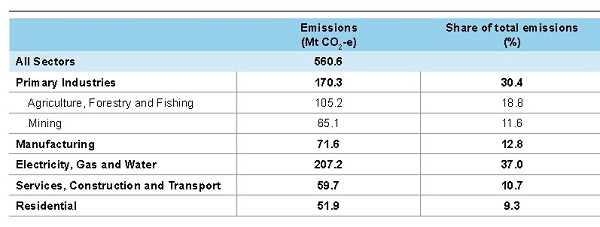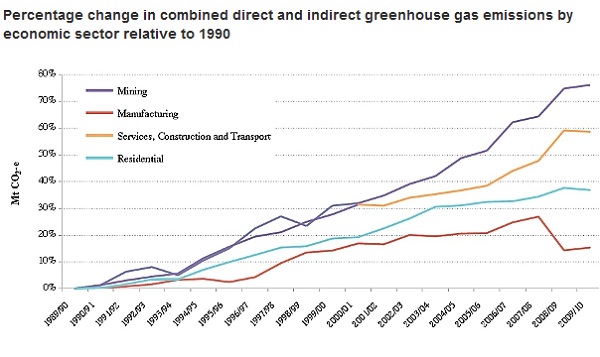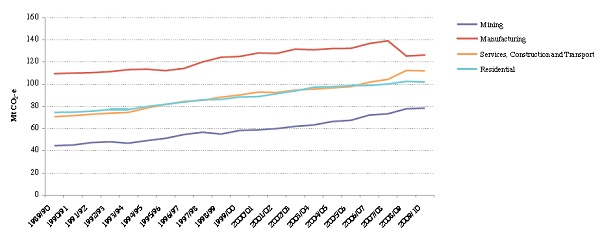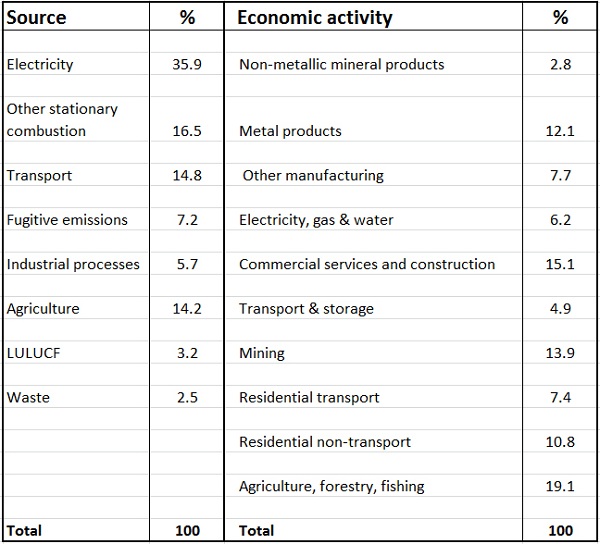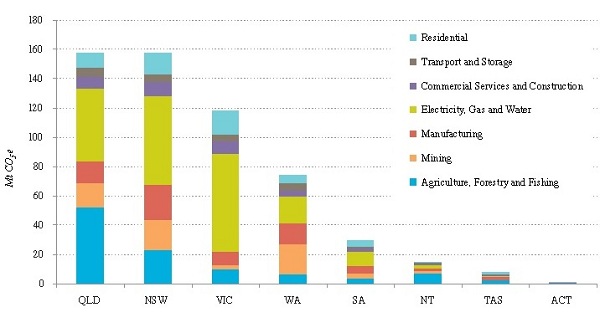1. Growth in CO2 slows
Global carbon dioxide (CO2) emissions from fossil fuel use and cement production grew 2% in 2013 to the new record of 35.3 billion tonnes of CO2. This was about half the average for the last 10 years and less than global GDP growth of 3.1%.
2. Aradhna Tripati gets a gong
The Center for Biological Diversity presented its third annual E.O. Wilson Award for Outstanding Science in Biodiversity Conservation to Dr. Aradhna Tripati for her groundbreaking research on carbon dioxide’s role in climate change.
Tripati’s work revealed that the last time CO2 levels were as high as they are today was 15 million to 20 million years ago, when the distribution of plants and animals was dramatically different, global temperatures were 5 to 10 degrees warmer, and the sea level was 75 to 120 feet higher than today. Her research suggests that the CO2 threshold for maintaining year-round Arctic ice may be well below modern levels.
Converting from Fahrenheit to Celsius and feet to metres that would make 2.7 to 5.5°C and 23 to 36 metres.
I would caution that the shape of the ocean basins may have been different, but these are alarming findings.
3. 1000-year drought history of Queensland and New South Wales
By analysing ice cores Australian scientist have found that there were eight droughts in the last millennium that lasted more than five years, with one of the so-called mega droughts lasting for almost 40 years. That was back in the 12th century.
This tends to indicate that the Millennium Drought and the Big Dry from 1997 to 2009 were not unusual.
From the official news release:
Explaining the findings, Dr Vance said the ice core analysis had significantly enhanced our understanding of a relatively poorly understood phenomenon known as the Interdecadal Pacific Oscillation (IPO).
The IPO describes a roughly 25-year cycle in the sea surface temperature, wind and other factors in the Pacific Ocean.
The IPO’s positive phase is closely linked with longer and more severe droughts in the United States and Australia. The risk of droughts occurring in Australia is higher during the IPO’s positive phase.
I’m not questioning the findings but how drought in Queensland and NSW can be derived from drilling ice cores in the Antarctic is not immediately obvious.
Where does this leaves global warming? The authors don’t say, but the clear implication is that severe droughts are part of the natural cycle. Warming is a given. The most recent analysis I recall is that drying along the southern edge of the continent has a climate change component. North of the Victorian border there is uncertainty.
4. Lifters or leaners?
Or backmarkers. UK PM David Cameron thinks Australia does not want to be a “backmarker” on climate change action. Global pressure will make us do more. Has he met our Tones?
Christian Downie thinks the real achievement of the Lima climate talks
wasn’t the goals set, but the fact that international talks like these make it increasingly hard for breakaway countries to ignore the issue.
John Kerry spells it out:
“If you are a big developed nation and you do not lead, you are part of the problem.”
Part of the problem indeed, and perhaps an active climate change vandal. Kieran Cooke reports that in Lima Australia was “lobbying for rules that undermine the integrity of the emissions accounting system”.
5. Antarctic sea ice
One of the conundrums of climate science has been the question of why the Antarctic sea ice has been expanding. Eric Steig at RealClimate takes a detailed look. One of the complexities is that the sea ice is expanding in some places and contracting in others. This, he says, rules out simplistic notions like an increase in westerly winds.
However, if you take into account the changes in all the wind patterns in the Antarctic you get a better match, indeed a good match.
Finally Steig says:
Not incidentally, changing winds also have a lot to do with what’s been happening to the Antarctic ice sheet (meaning the land-based glaciers, distinct from the sea ice). I’ll have another post on that later this month, or in the New Year.





 Meanwhile I’ll try to keep some information flowing on climate change. Both these projects may be of more use than any contribution I can make to an election here in Oz. This time CC will be free flow rather than numbered items, to save time. I’ll use bold to identify the topics.
Meanwhile I’ll try to keep some information flowing on climate change. Both these projects may be of more use than any contribution I can make to an election here in Oz. This time CC will be free flow rather than numbered items, to save time. I’ll use bold to identify the topics.
